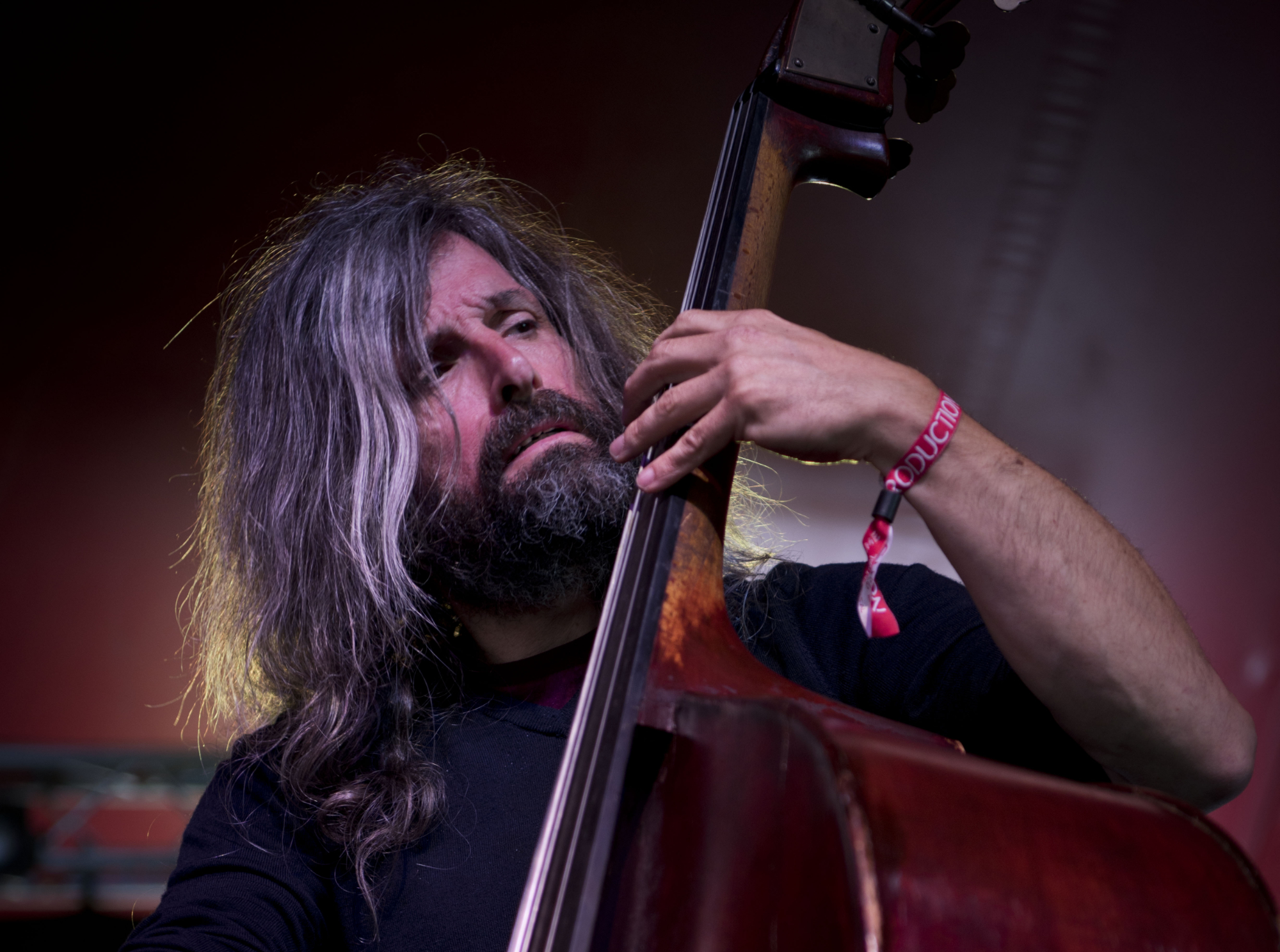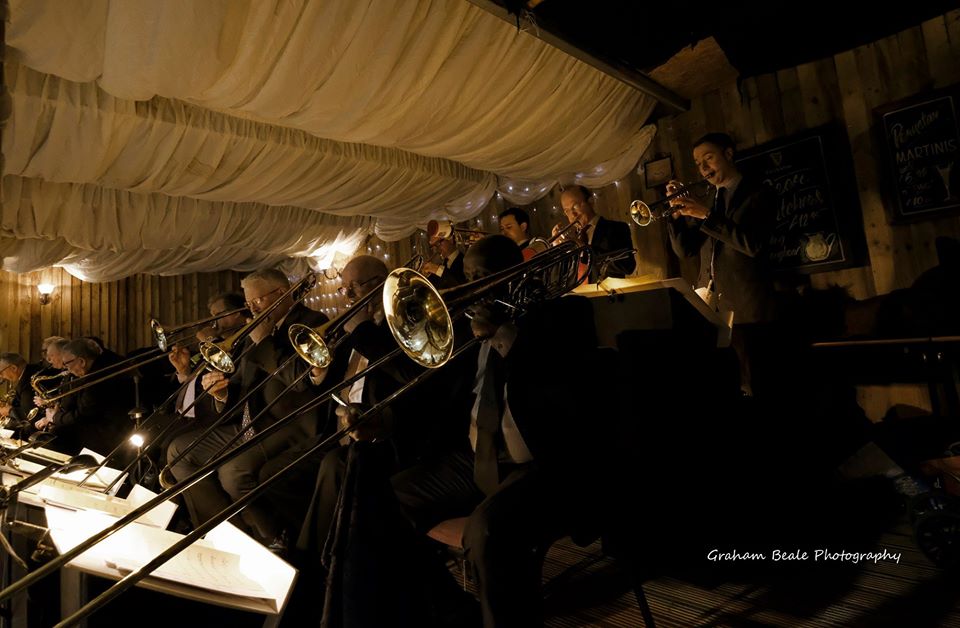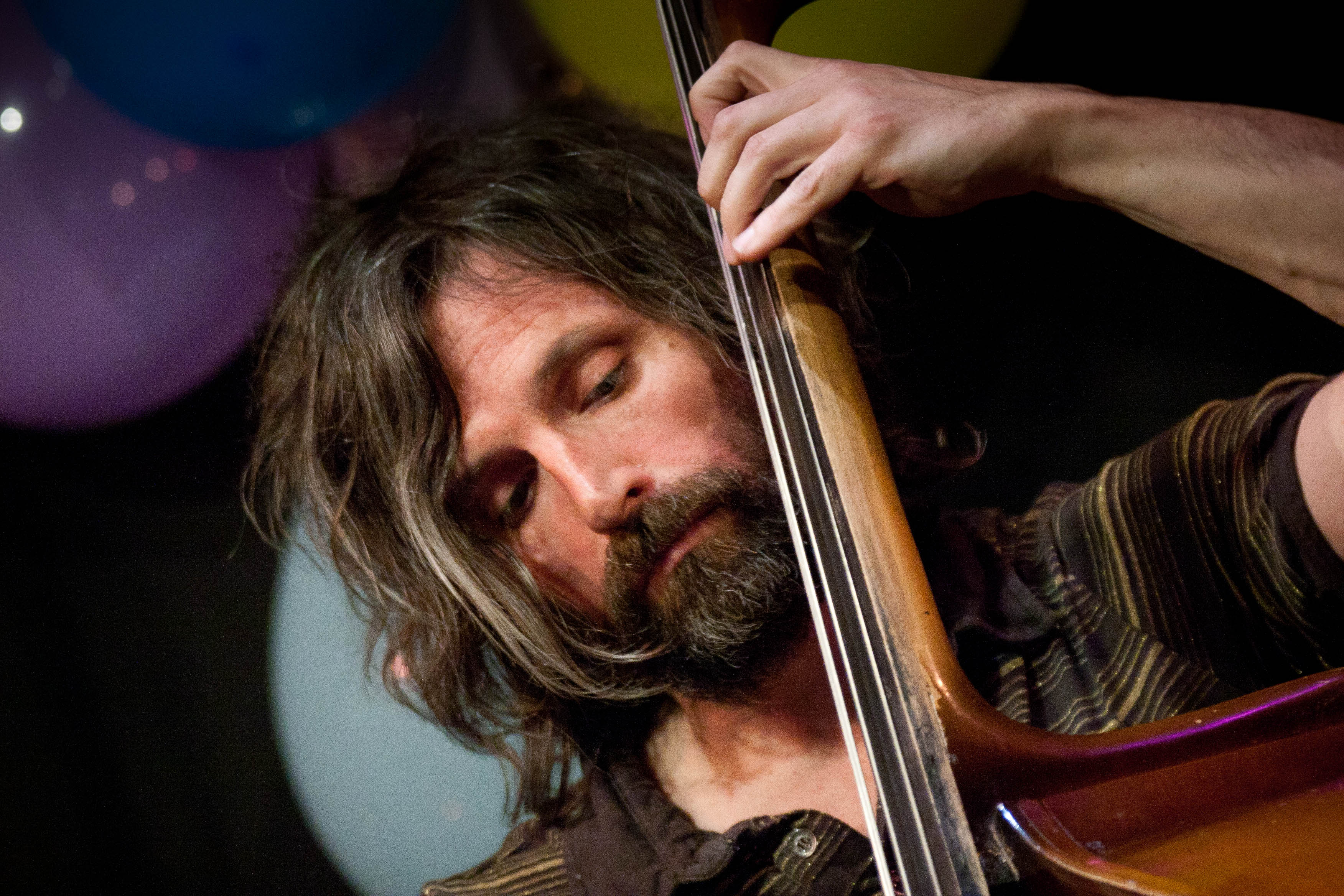The Column: Eddie Myer – The Quiet American

By comparison with the many rumbustious characters who populate the teeming history of the Golden Era of jazz, Bill Evans appears as very much the quiet man of jazz. Bassist Chuck Israels, who has documented their relationship in interviews in some detail, sums up their relationship thus: “My relationship with Bill was largely non- verbal. Honestly, I was afraid of him. I was in awe of his musical ability and, later, frightened by his drug use.” Peter Pettinger’s comprehensive biography, How My Heart Sings, documents his career and his artistic legacy, but the man himself remains a distant, shadowy figure even in this enthrallingly exhaustive work. Despite this, the influence he has had upon the music is immense, and is the more unique in that his impact has increased rather than diminished with time. In the early Fifties his approach – described by Israels on first hearing as ‘a mixture of Powell and Chopin’ – was quite different from the commercially successful crop of soul-jazz pianists who went on to dominate the jukeboxes of the next decade, from Bobby Timmons to Ramsey Lewis; his debut album sold poorly; but by the time of his death in 1980, three days after his last performance at the Fat Tuesday club in New York, in a sequence of events that his wife Nenette described as ‘actively plotting his escape from pain’, every jazz pianist currently performing would have been aware of his approach and most would have incorporated elements of it into their own playing. Some might define themselves by opposition to his legacy, but this only reinforced his ubiquity as an influence.
The Evan-Motian-LaFaro trio re-defined the rules for modern jazz, in respect of the relationship between bass, drums and piano and how their roles were defined, and this achievement is all the more remarkable when we consider that their defining canon comprises only four album releases. The implications of these epochal recordings occupied Evans for the rest of his performing career, informing the way that jazz was conceived and played, and shaped not only the fields of performance but also the newly arrived discipline of formal jazz education. However, such was the artistic richness of his approach that Evans was able to continue to develop within its parameters throughout his career, in a paradoxical combination of progress and stasis, so that every new recording that emerges from the archive is eagerly pored over for further clues as to the enigmatic master’s intentions.
Such an artefact has recently emerged from the dusty storeroom to into the light of a digital release. Bill Evans – Evans in England (Ronnie Scotts, Dec. 1969), out now on Resonance Records (HCD-2037 for catalogue completists) is a recording of the trio with Marty Morrell and the almost insolently virtuosic Eddie Gomez on a visit to the UK. It’s been the subject of a particularly insightful review by another outstanding pianist, Liam Noble, also one of the UK’s forefront jazz educators. In it, Noble evaluates the legacy of Evans on pianists, on jazz education and on the music as a whole. The Evans approach has attracted criticism for its prettiness, the limitations of its repertoire, its apparent artistic stasis; Noble attends to these themes, noting that “Perhaps innovators (and he really deserves that title…there are not as many as one would think in this music) carry the burden of deciding whether to change a system that already works, as perhaps Rollins did, or soldier on and go deeper into what you have already” and that while Evans defined ballad playing like no other, he never failed to swing like the clappers as well. Anyone who thinks of Evans as a tinkling balladeer is certainly missing the point; a more detailed analysis of his impact on the way that jazz improvisation has been parsed by the educational establishment is worthy of more consideration, and reflects a growing trend. In a 2017 New Yorker article, Ethan Iverson wrote a comparison of contrasting recordings of Ellington and Evans playing In A Sentimental Mood on the same August night in 1967, noting how the ‘matching right-hand scales with left-hand chords’ educational approach that has been distilled from Evans’ playing has come to dominate jazz theory. This theoretically valid approach, disseminated by Aebersold, has been widely adopted but has come under increasingly critical re-evaluation from players and educators alike. But why?
Noble talks about improvisation in terms of risk – a concept familiar to the humblest of players who has ever taken to the bandstand, or the hastily cleared corner of a pub, to perform in front of an expectant public. In adopting an educational formula designed to present improvisation as a matter of matching the correct notes to the correct chord structures, the element of ‘wrong note’ risk can be addressed, but the cost can be an appreciation of what the music is intended to be, and what it is intended to do. He quotes Marty Morrell – “Bill never played a wrong note as far as I’m concerned. I never heard him play a wrong note.” to say in response “If there’s no wrong notes, there’s no risk, if there’s no risk there’s no drama. All of these people [Evans, Monk, Davis] are practically Gods. They are in many ways beyond criticism… and yet their weaknesses make the great moments in their music heroic, it’s often that very quality which is missing in music that’s less distinctive.” Israels expands on this idea in his recollection of playing with Evans: “Bill’s playing was so strong that if you made a mistake, it never affected his playing. But if you did something interesting that was intentional, it affected his playing positively. In other words, when you screwed up, he could hear that you had stumbled. He was such a sensitive and strong musician and so powerfully prepared that negative things don’t affect the music. He ignored them and just kept going. But when you did something creatively intentional, he could hear your art and confidence, and he’d feed into what you did with his playing. Mistakes didn’t disturb his musical intention. It was fascinating that he could discern in a split second the difference between a mistake and a new idea.” Jazz can come under criticism because listeners feel that the players aren’t speaking to them in a way they can understand. In some respects, of course, one can characterise this as a lack of informed appreciation on the part of the listener. One might even, inspired perhaps by the unashamedly grumpy theorising of Marxist twelve- tone enthusiast Theodor Adorno, go further and bemoan the lack of deep musical appreciation in a culture that is geared towards promoting instant mass consumption over artistic production. Of course this is true in some respects; yet what is also true is that the hot-house development of jazz from disreputable folk roots to conservatoire has enabled a tendency to promote process over feeling and theorisation over inspiration. With the heavy lifting of harmonic and rhythmic development having been achieved over hundreds of years by the classical music departments, jazz has been able to move at lightning speed, yet the essence of improvisation remains the same. The music must have meaning, and process can actually inhibit meaning in music if it is not deployed in the service of the communication of … well, of something that the listener can identify with.
Some of the current crop of highly-touted young players have come under fire for their apparent dearth of technique compared to other, more seasoned players who are not being afforded the same share of the limelight. Let time be the judge of true artistic quality – jazz needs to be able to foreground those players who appeal to the listeners for the directness of their message as well as those for whom the thoroughness of their training is immediately apparent. Process and inspiration should be ‘plus/and’ not ‘either/or’, as they were for Evans.
Eddie Myer




